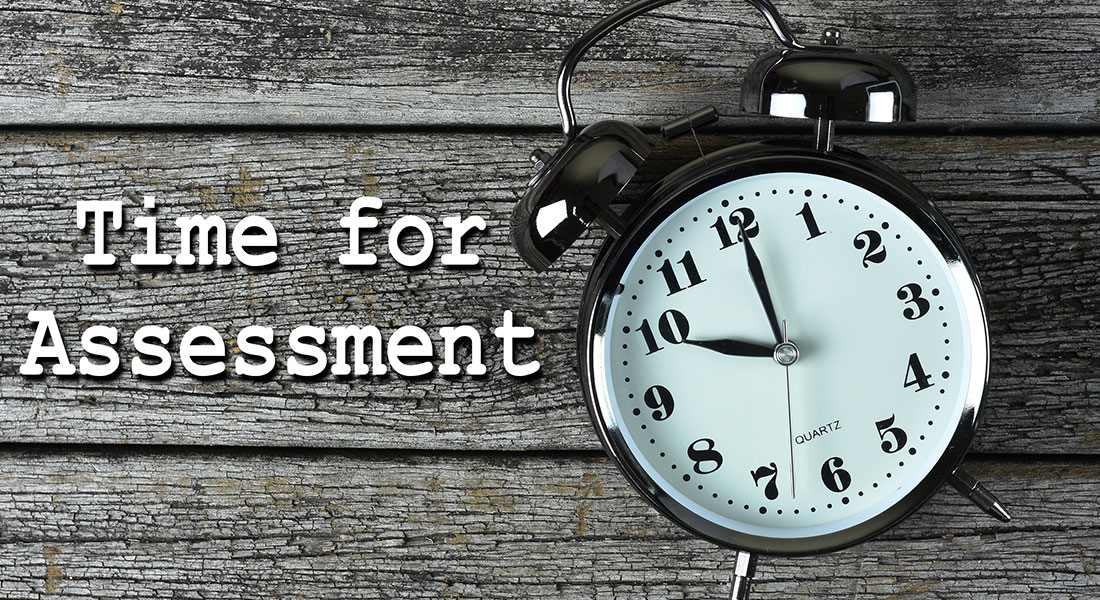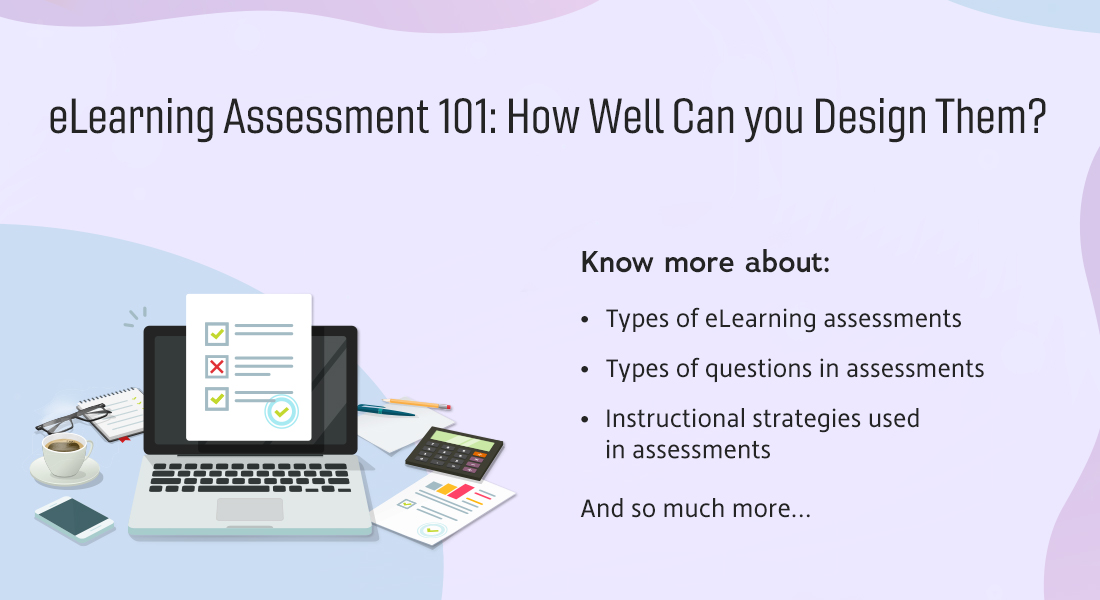Enhancing eLearning With the Power of Assessments [Infographic]
Effective assessments requires careful planning and adherence to best practices. In this blog, explore all about mastering eLearning assessments.

There is no doubt that eLearning has emerged as a powerful tool for training and development, offering flexibility, accessibility, and convenience to learners everywhere. However, the success of any eLearning program depends not only on the quality of the content but also on the effectiveness of assessments. Assessments play a crucial role in gauging learners’ understanding, identifying knowledge gaps, and promoting deeper learning. It is important to understand a few essential strategies for mastering eLearning assessments to enhance learning outcomes and ensure learners’ success.
Impactful Tips to Create Effective Assessments
1. Align Assessments with Learning Objectives
Effective eLearning assessments begin with clear learning objectives. Before creating any assessment, developers must establish specific, measurable, achievable, relevant, and time-bound (SMART) learning goals. Aligning assessments with these objectives ensures that learners are evaluated on the essential knowledge and skills they need to acquire.
2. Choose the Right Assessment Types
eLearning assessments come in various formats, such as multiple-choice questions, short answer questions, essays, interactive quizzes, simulations, and more. Each assessment type serves a different purpose. To cater to diverse learning styles and promote engagement, a mix of assessment formats is often recommended. Additionally, scenario-based assessments can also be used to enhance the critical thinking and problem-solving skills of learners.
→ Access Now [Webinar]: Scenario-based eLearning
3. Incorporate Immediate Feedback
One of the significant advantages of eLearning is the ability to provide instant feedback to learners. Timely feedback not only informs learners about their performance but also helps them understand their mistakes and areas for improvement. Consider integrating automatic feedback mechanisms that provide explanations for correct and incorrect responses, guiding learners toward better comprehension and retention.
4. Utilize Formative and Summative Assessments
eLearning assessments can be broadly categorized into formative and summative assessments. Formative assessments are ongoing evaluations conducted during the learning process to monitor progress and identify weaknesses. Summative assessments, on the other hand, occur at the end of a course or module and determine the overall understanding and knowledge acquired. Balancing the variety of assessments ensures a comprehensive evaluation of learners’ abilities.
5. Implement Adaptive Assessments
Adaptive assessments are a cutting-edge approach to eLearning evaluations. These assessments adjust the difficulty level of questions based on learners’ responses, personalizing the learning experience. Adaptive assessments cater to each learner’s strengths and weaknesses, enhancing learning efficiency and promoting mastery of the subject matter.
Let us understand a little more about eLearning assessments. Here is an informative infographic with the required information you need about eLearning assessments. Find out all about what assessments are, the difference between formative and summative assessments, steps on how to create effective assessments, and much more.
Bottom Line
eLearning assessments are not mere evaluation tools, they are catalysts for effective learning experiences. By aligning with learning objectives, offering personalized feedback, and incorporating diverse assessment methods, organizations can maximize the impact of eLearning. As digital learning continues to evolve, the strategic use of assessments will remain vital in promoting meaningful and successful eLearning journeys for learners worldwide. Have more questions? Access our webinar recording to explore the approach to maximizing the impact of your eLearning assessments.







